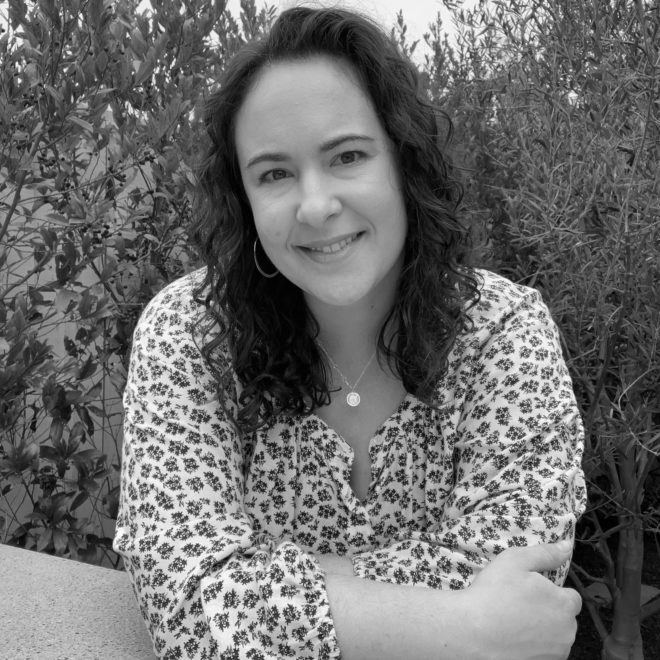What is Biosimilar Insulin?
Written by: Julia Sclafani
4 minute read
September 6, 2022
Not many new insulin products have come to market in recent years, but that may be changing thanks to a new category of medications that will offer more options for people who use insulin to manage their diabetes.
You might already be benefiting from this change. Maybe your doctor has suggested switching to Semglee, and you’ve noticed that it works the same as your long-acting Lantus (insulin glargine), but is cheaper at the pharmacy.
This is thanks to the expansion of biosimilar medications—and many more may be available soon.
What are biosimilar medications?
Biosimilars, like Semglee, are medications similar to an approved biological product, in this case, Lantus, the reference product.
Biologics, or biological products, are a label given by the U.S. Food and Drug Administration (FDA) to classify large, complex molecules often made from living cells. Biologics include vaccines, cell and gene therapies, among other medication treatments. Insulin and medications like Ozempic are examples of biologics.
How is a biosimilar different from a generic medication?
A “generic” is reserved for a medication that is exactly the same as the FDA-approved, brand-name medication. By contrast, biosimilars are not identical products, but one that has been shown to work the same way in the body.
Once a drug patent has expired, other manufacturers are also able to produce the drug, these are often unbranded, which is why they are called generics. Generics are more commonly offered for small-molecule drugs, as opposed to biologics.
Recently, we’ve seen “authorized generic” insulins also become available. These drugs are made by the same manufacturer as the original drug. The only difference is that it’s not sold under the brand name. Because not just any manufacturer can produce this—the same manufacturer makes both the brand name and the authorized generic—patients don’t see the same cost benefits as regular generic options.
Eli Lilly’s Humalog (insulin lispro) and Novo Nordisk’s Novolog (insulin aspart) have seen authorized generic versions launched in recent years. Sanofi also offers an authorized generic of Lantus. And Viatris/Mylan even introduced an unbranded version of Semglee in 2021.
If you use one of these medications and are concerned about the cost of your insulin prescription, ask your doctor about alternatives, biosimilars, or authorized generics may offer cost savings.
If you worry about affording your insulin there are resources that may help. Check out Getinsulin.org to learn more.
Why aren’t there more biosimilar insulins?
Insulin has been treated as a drug and biologic, complicating the process of approving new, cheaper versions of existing insulins.
Until recently, insulin products were all approved through the FDA’s drug pathway, not its biologic pathway. Biosimilars are only approved for biologic drugs, creating a roadblock for new, cheaper insulins.
In 2020, the FDA created a new regulatory pathway allowing insulin products to be treated as biologics, thus, creating a way for biosimilar insulins to get approved.
For the FDA to approve a biosimilar, the manufacturer has to show that the product is highly similar in its chemical structure to the existing biologic and is comparable in effectiveness and safety.
What biosimilars are on the market?
The FDA approved the first insulin biosimilar, Semglee, in July 2021. Semglee is biosimilar to and interchangeable with Lantus (insulin glargine), a long-acting insulin analog.
This means that if you use Lantus, your doctor can write a prescription for Semglee, which may cost less and work the same.
Rezvoglar, another biosimilar to Lantus made by Lily, was approved by the FDA in December 2021, though it’s not yet available.
Biosimilars may increase price competition
Biosimilar products are a promising new category of medications, especially for people who use insulin. Having more medication options may drive down the price of insulin by creating competition.
Biosimilars in the U.S. have typically launched with list prices 15 to 35 percent lower than reference products, or the previously approved biologic.
Over the years, the list price of insulin has skyrocketed by over 1,200 percent. Meanwhile, when Semglee was initially released, it was listed at a steep 65 percent discount from Lantus’ list price.
While not all biosimilar products have had the anticipated price-lowering effect to the extent some experts hoped, biosimilars are expanding the number of companies manufacturing insulin.
When Mylan (now part of global pharmaceutical company Viatris) launched Semglee, it became the fourth largest insulin manufacturer in the U.S. Many industry leaders and people in the diabetes community hope this trend will drive price competition.
What’s coming?
New biosimilar insulin products are in the pipeline, including more products similar to existing brand-name insulin glargine insulins, Lantus and Toujeo. Biosimilars to rapid-acting Humalog, Novolog and Fiasp (insulin aspart), are also in the works.
Thanks to changes in how the FDA classifies insulin, numerous new biosimilar insulins may launch in the coming years.
Hopefully, expanding insulin choices and greater price competition mean people with diabetes can design their diabetes management around their unique insulin needs and preferences.
Editor’s note: Educational content related to biosimilars is made possible with support from Mylan/Viatris, an active partner of Beyond Type 1 at the time of publication. Editorial control rests solely on Beyond Type 1.
Related Resources

The holiday season is filled with celebrations, family gatherings, and plenty of holiday foods. No...
Read more

Managing diabetes is a complex and often overwhelming journey—even nine years after my daughter's diagnosis....
Read more

The holiday season is all about celebration, family, and joy—with a little chaos sprinkled in...
Read more


